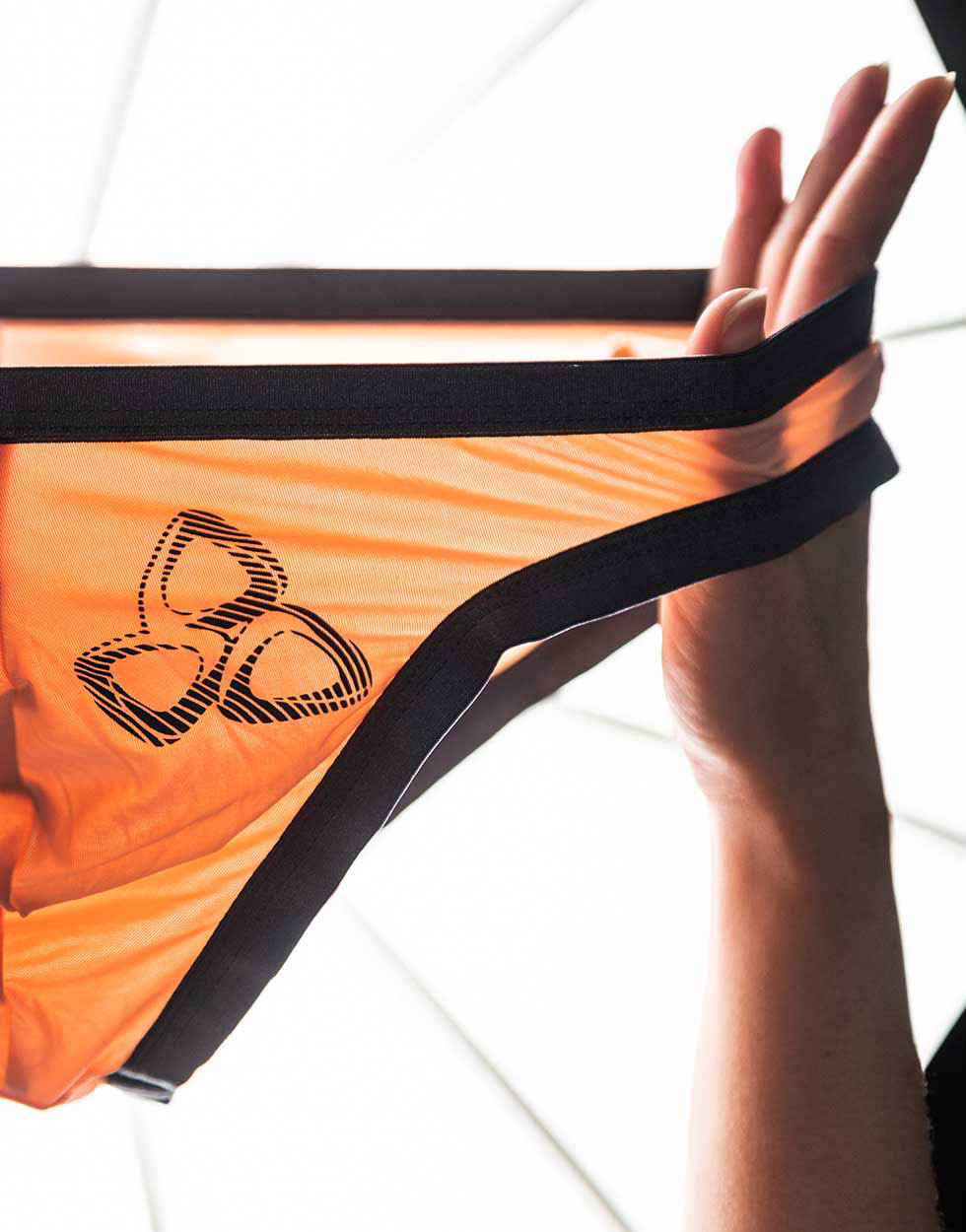
Fashion has long been seen as a way to express personality, creativity, and confidence. However, for decades, the fashion industry often catered to a limited range of body types, leaving many people feeling excluded. Thankfully, this is changing. Today, inclusive fashion styles for every body ↗ are transforming the industry by celebrating diversity and offering clothing that fits and flatters every body. This movement goes beyond size—it embraces shape, ability, gender identity, and personal style, ensuring that everyone has the opportunity to feel comfortable and stylish.
What Is Inclusive Fashion?
Inclusive fashion is about designing clothing for real people, not just for traditional industry standards. It’s clothing that acknowledges diversity in body sizes, shapes, and abilities. From extended size ranges to adaptive designs for people with disabilities, inclusive fashion ensures that no one is left out of the conversation. This approach challenges the outdated belief that fashion has a “one-size-fits-all” solution and instead promotes accessibility, comfort, and style for all.
The Importance of Representation
Representation matters. When fashion brands showcase models of different sizes, ethnicities, genders, and abilities, it sends a powerful message: beauty and style exist in every body. Seeing someone who looks like you in a campaign or on the runway can build confidence and inspire a deeper connection with fashion. Inclusive brands recognize this and often collaborate with diverse models and influencers, proving that fashion is meant for everyone, not just a select few.
Styles That Celebrate All Shapes
One of the most exciting aspects of inclusive fashion is the wide variety of styles available today. Brands are moving away from simply scaling up or down traditional clothing patterns. Instead, they design with different body shapes in mind. For example:
- High-rise jeans that flatter curves and provide comfort for multiple waist sizes.
- Wrap dresses that adjust to various body types while offering both elegance and flexibility.
- Relaxed-fit tops and jackets that combine style with ease of movement.
- Adaptive clothing featuring magnetic closures, elastic waistbands, or seated-friendly cuts for those with mobility challenges.
These styles prove that fashion can be practical, functional, and fashionable at the same time.
Gender-Inclusive Fashion
Another important aspect of inclusivity is gender expression. Traditional men’s and women’s categories are giving way to gender-neutral collections, offering clothing that prioritizes personal identity over rigid labels. Oversized shirts, tailored trousers, and minimalist designs are just a few examples of versatile pieces that appeal to a wide range of people, regardless of gender. This shift empowers individuals to choose clothing that aligns with who they are, rather than being confined to outdated norms.
Comfort and Confidence Go Hand in Hand
Inclusive fashion also prioritizes comfort, recognizing that clothing should feel as good as it looks. Soft fabrics, stretchable materials, and thoughtfully designed cuts allow people to move freely and comfortably. When individuals feel physically comfortable in their clothing, they are more likely to feel confident in themselves. Confidence, after all, is the true essence of style.
A Growing Movement in the Industry
More brands are realizing the importance of inclusivity—not just as a trend, but as a responsibility. From global fashion houses to smaller independent labels, the industry is taking steps toward offering wider size ranges, adaptive clothing, and gender-neutral lines. Social media has amplified this movement, with consumers demanding representation and holding brands accountable.
This shift is creating a fashion landscape where everyone has the chance to be seen, heard, and celebrated. Inclusive fashion is not just about clothing; it’s about fostering a culture of acceptance and self-love.
Final Thoughts
Inclusive fashion styles for every body prove that fashion is not limited to a single standard of beauty or fit. Instead, it is a vibrant expression of individuality, accessible to all shapes, sizes, and identities. By embracing inclusivity, fashion becomes more than just an industry—it becomes a tool for empowerment.
When people find clothing that celebrates who they are, they step into the world with greater confidence and pride. That is the true power of fashion—for everybody and every body.